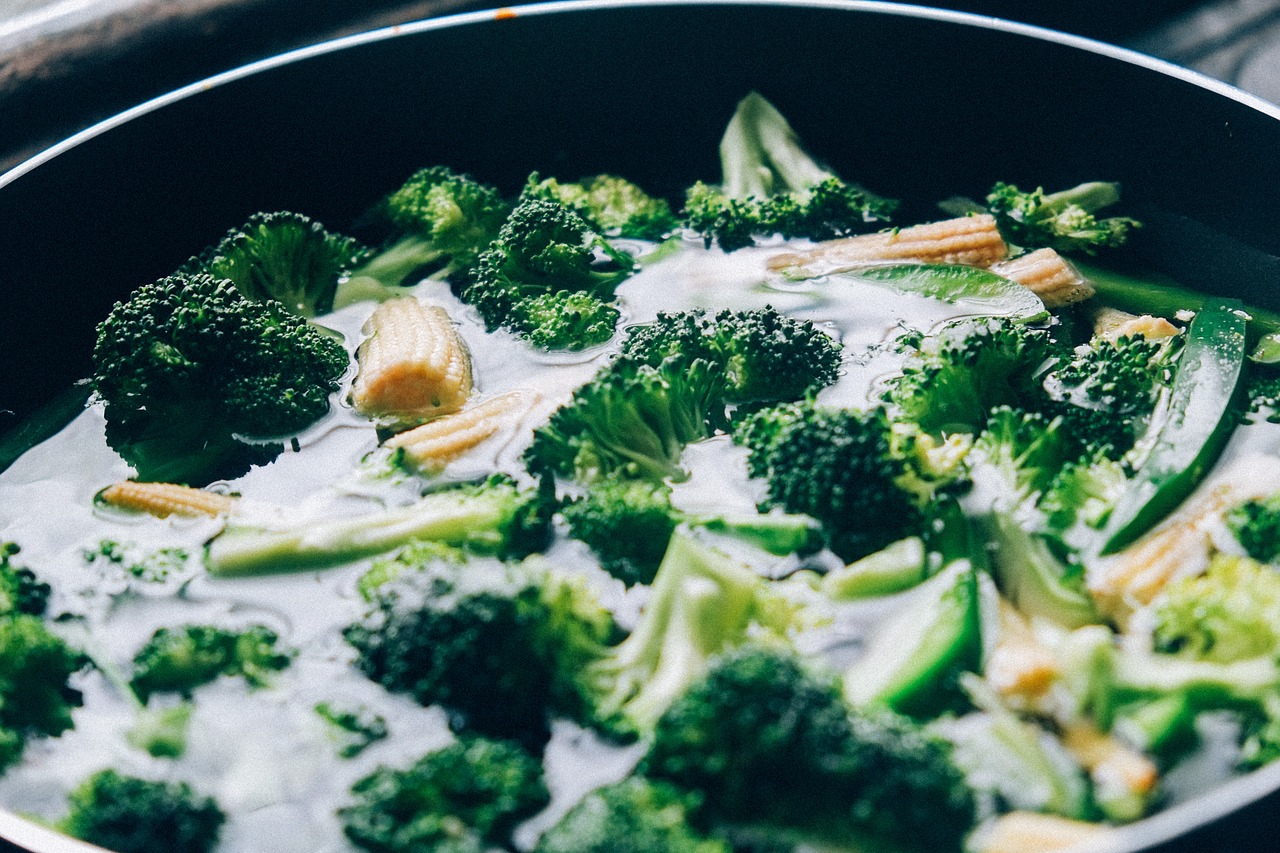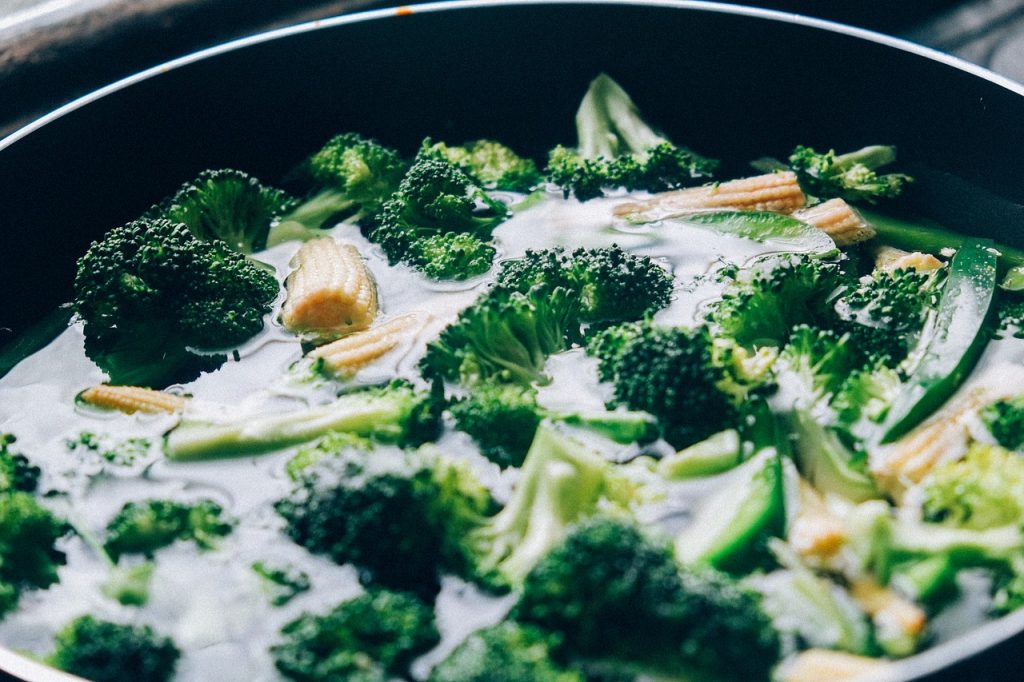
Whether you’re preparing food at home, in a catering establishment or in any other setting, for many people the issue of waste is high on the agenda in the 21st century.
It’s not just about the environmental impact of disposing of food waste – which is largely biodegradable over the short term – but is also about the carbon footprint of farming that food in the first place, as well as the ethics of wasting food while people elsewhere on the planet go hungry.
Eliminating all kinds of cooking waste helps to ease all of these concerns, from the security of food supplies to related issues like packaging, and should hopefully help to reduce food poverty in the future too.
1. Buy what you need
It should go without saying that you should only buy as much as you need, either in raw ingredients or in prepared foods like bread and sauces.
This is true of any resource – buy what you need, use it in full, and you reduce the amount that goes to waste – but it is particularly pertinent for fresh foods that are perishable within a matter of days.
Part of this means buying ingredients that work together – ideally in multiple different meals and recipes – and this can be a much more economical way to buy what you need too.

2. Keep it fresh
Buying fresh has several advantages, including typically much less packaging than processed and prepared foods have, and of course if you’re buying in bulk, markets tend to focus on fresh ingredients.
You will tend to get the whole of an ingredient, allowing you to be economical in which parts you do and don’t use – and while this may produce some waste, at least you have closer control over what gets thrown away.
Some foods can be chilled or frozen to make them last longer, whereas ingredients that are bought in frozen are likely to need to be used immediately or thrown away once they have been thawed.
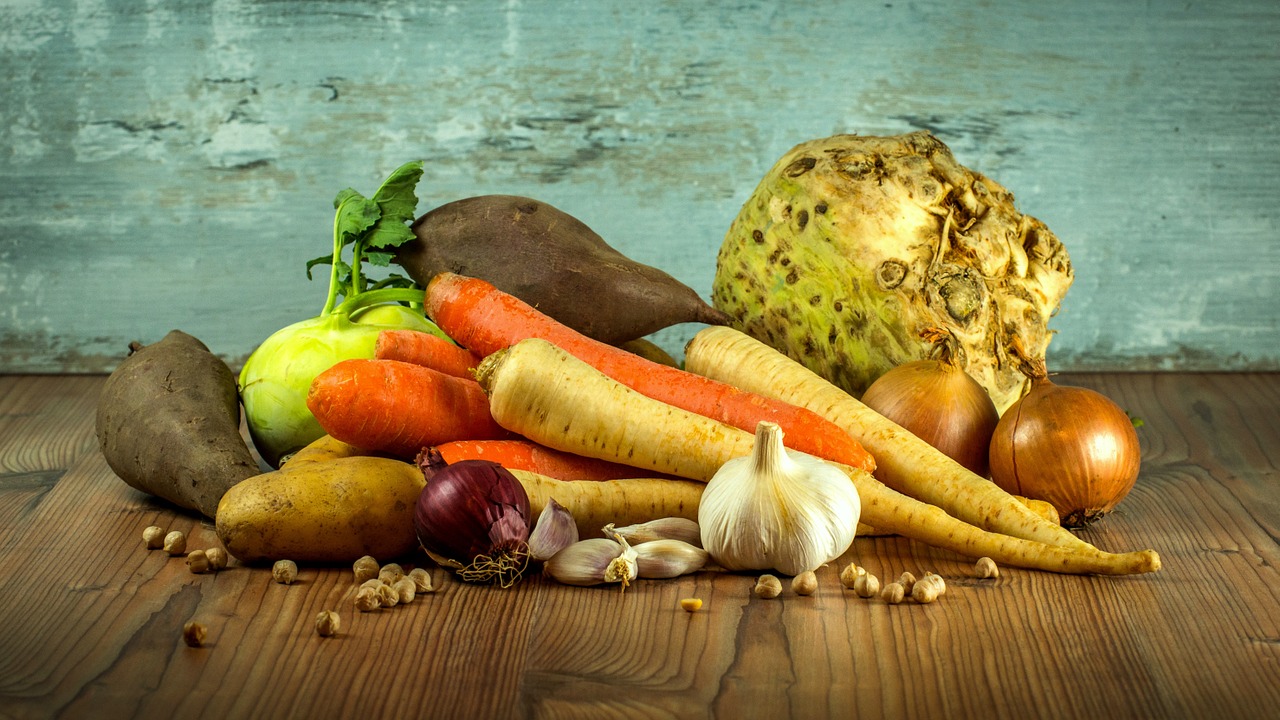
3. Storage sense
Follow the common wisdom when it comes to storing unused food – don’t allow cooked and uncooked foods to cross-contaminate one another, or frozen foods to defrost at the wrong time.
Correct storage will maximise the usable life of your ingredients, not to mention the quality of your finished dishes, making this a fairly easy habitual change that can have a big positive impact.
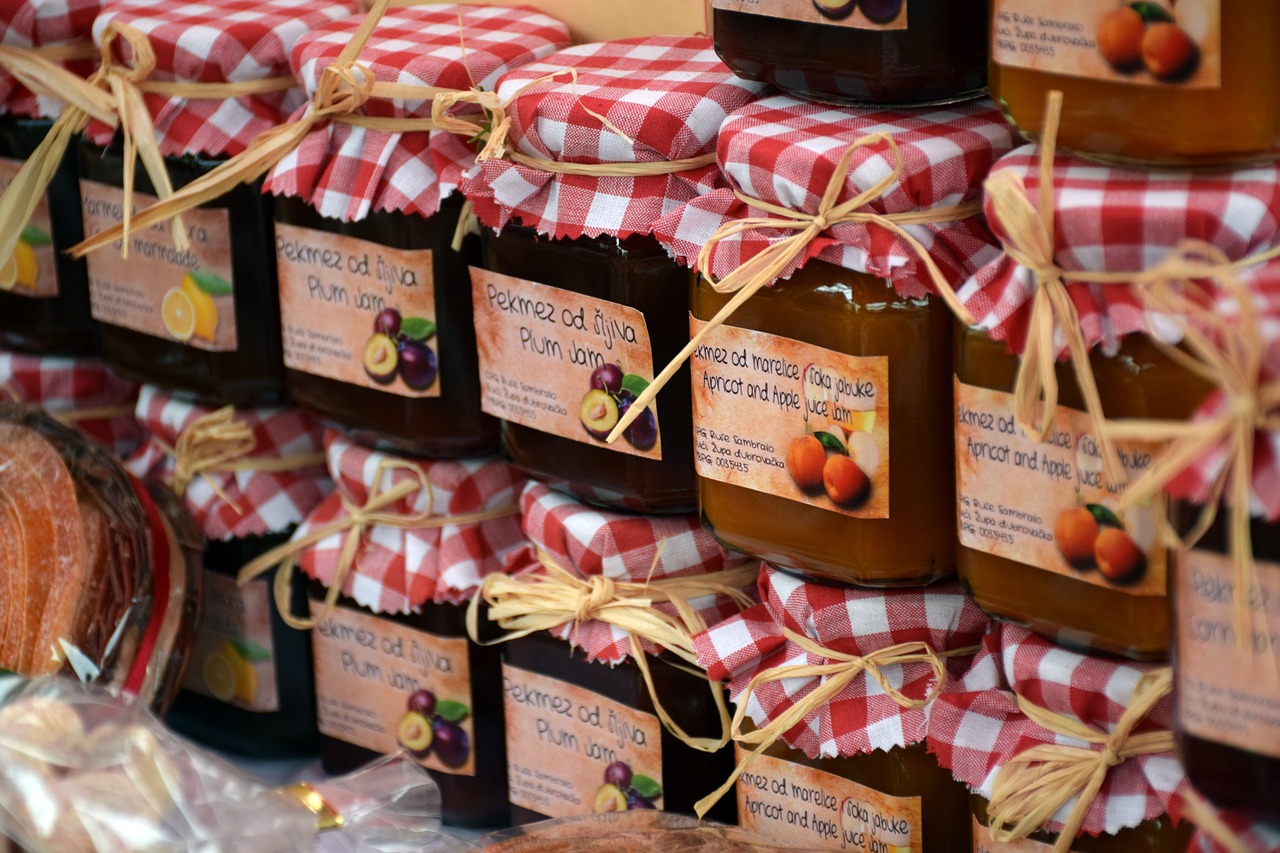
4. Portion control
You don’t just want to reduce waste in the kitchen – you should also target the quantity of cooked food that gets thrown away in your dining room.
Portion control is easier when you are serving yourself than if, for example, you are serving food to paying customers – but in either case, cooking just enough to satiate the diner’s appetite means nothing left over for the bin.
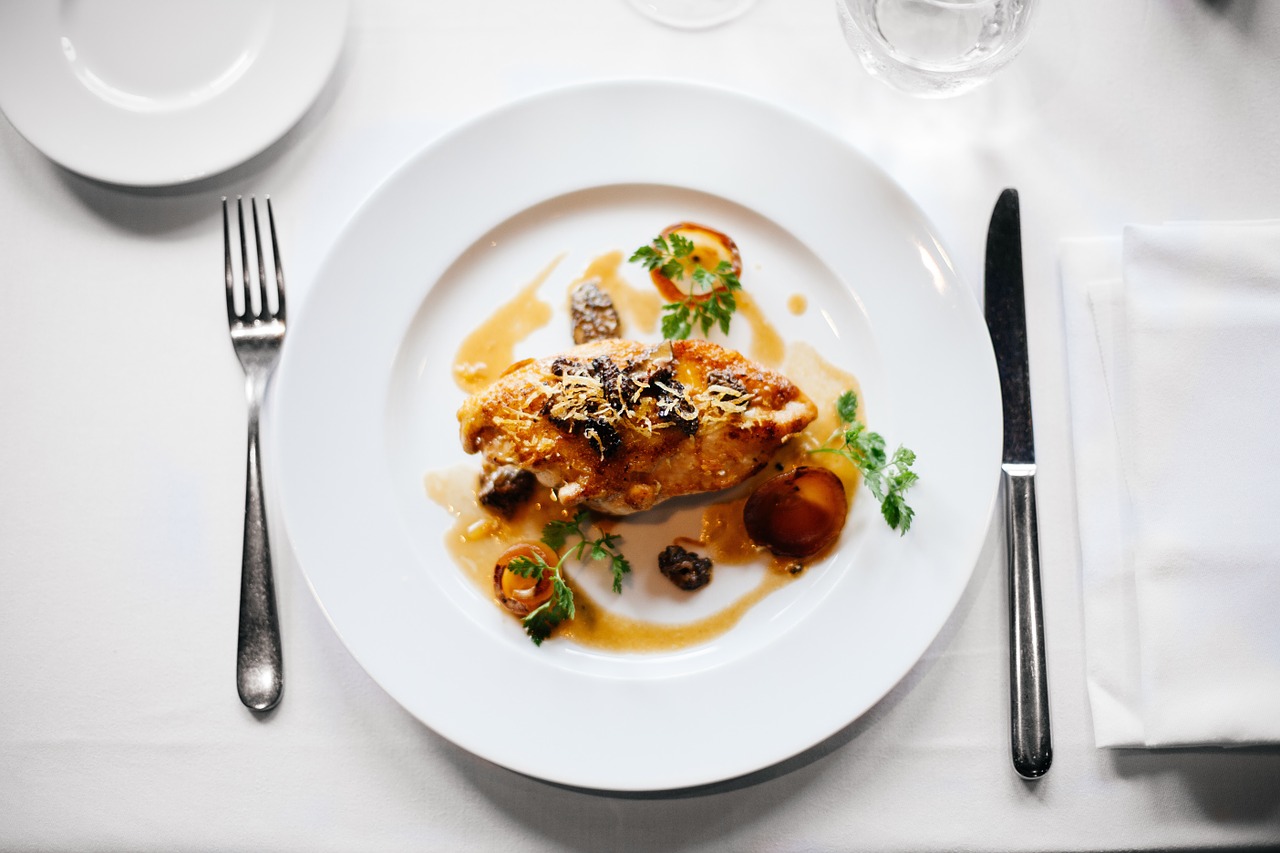
5. Recycle your oil
One of the final parts of the food preparation process to become more eco-friendly in recent years is the disposal of used cooking oil.
While there is no way to prevent cooking oil from degrading with repeated use, having it collected for recycling helps to close the loop, allowing it to be put to good use elsewhere rather than simply being dumped.

